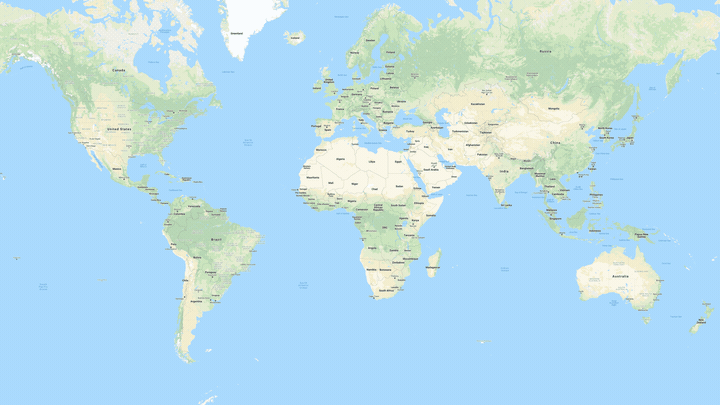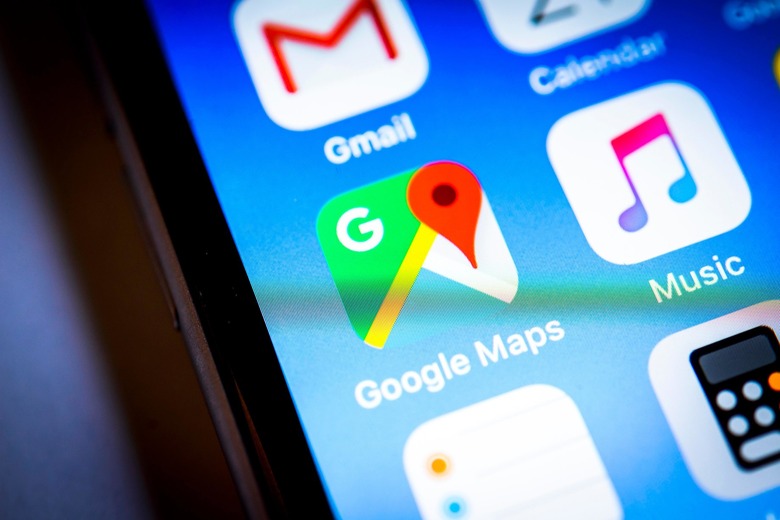Google Reveals The Breathtaking Amount Of Earth It Has Now Mapped And Photographed
For 12 years now, Google's Street View cars have traversed roadways around the globe with that unmistakable camera rig affixed to the roof which bit by bit has captured sprawling megacities, less populated towns and hamlets and everything in between. On Friday, the search giant pulled back the curtain a little more on its ongoing effort to map the globe, revealing the breathtaking amount of the planet the company has now mapped and photographed.
To date, the company says its Steet View cars (and trekkers, which are camera rigs that are manually lugged where cars can't go) have captured so many billions of images that Google has now collected more than 10 million miles of Street View imagery. To put that in perspective, that amount of Google Street View imagery would circle the globe more than 400 times.
But even that doesn't reveal the full extent of how much of Earth Google has now imaged. Google Earth is the company's platform that lets you browse more than 36 million square miles of high definition satellite images. Stunningly, Google says it's now mapped 98% of the world's population. Even so, mapmaking is "never done," Google Maps senior product manager Thomas Escobar explained in a new Google blog post on Friday.
"The idea of Street View started as a side project more than 12 years ago as part of a lofty goal to map the entire world," he writes. "Since then, Street View combined with satellite and aerial imagery has become the foundation of our entire map-making process and the reason why we can build useful products that people turn to every single day." Still, there's a lot of work remaining along these lines, which you can get a sense of from this time-lapse of how Google's Street View coverage has expanded since 2007:

As you can probably surmise, for much of the rest of the world that hasn't been covered yet Google will need to use something other than its Street View cars to map it. To that end, Escobar explains in his post how helpful the trekker gear is in imaging places where driving isn't possible. Those cameras are carried not just by people, but also by boats — and even everything from sheep to camels and scout troops.
That work in some of the hardest-to-map places on Earth helped Street View from the Google Maps community in 2019 alone "assign addresses to nearly seven million buildings in previously under-mapped places like Armenia, Bermuda, Lebanon, Myanmar, Tonga, Zanzibar, and Zimbabwe," Escobar writes.
